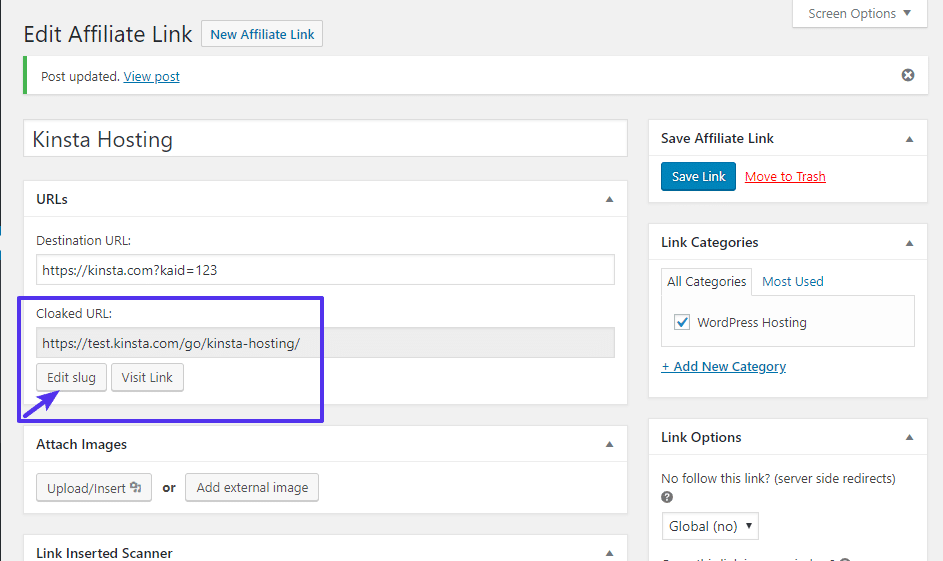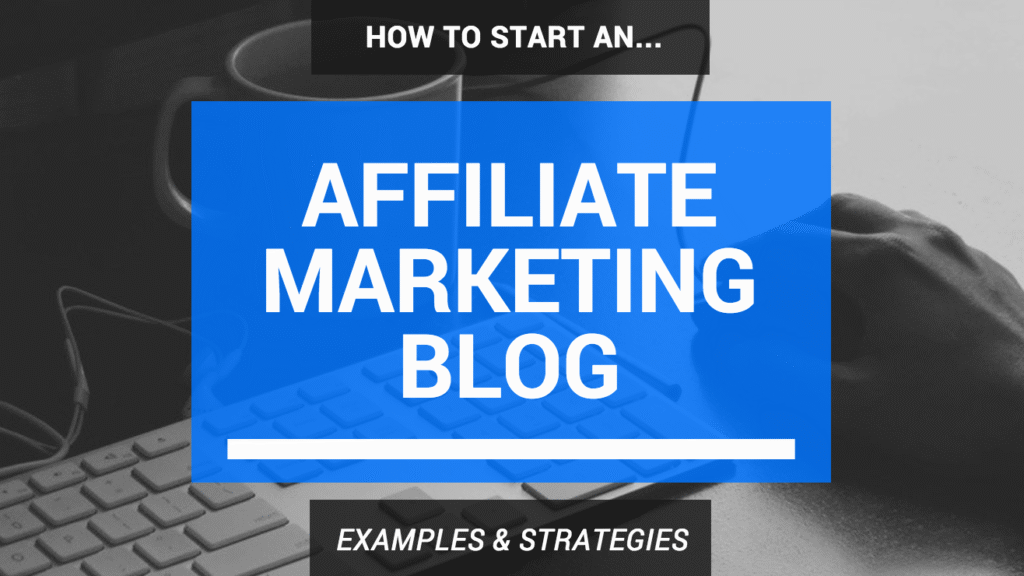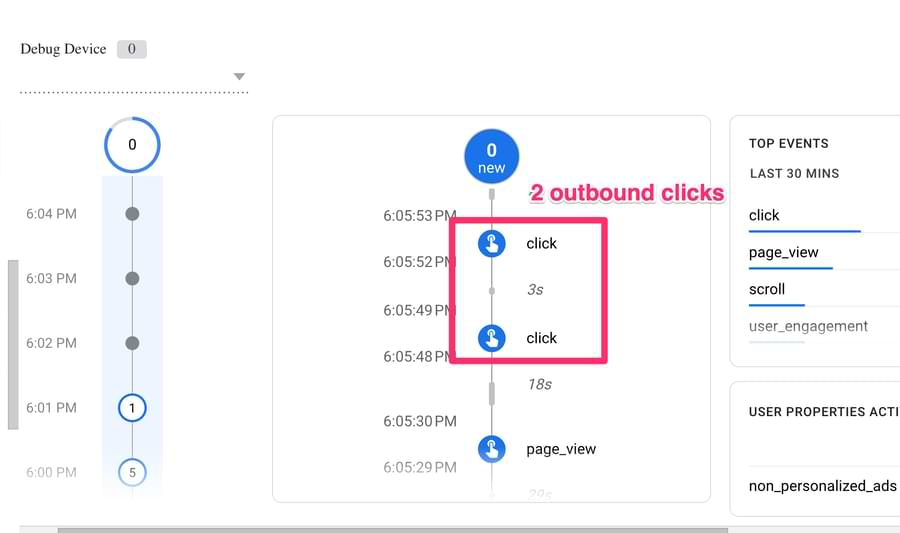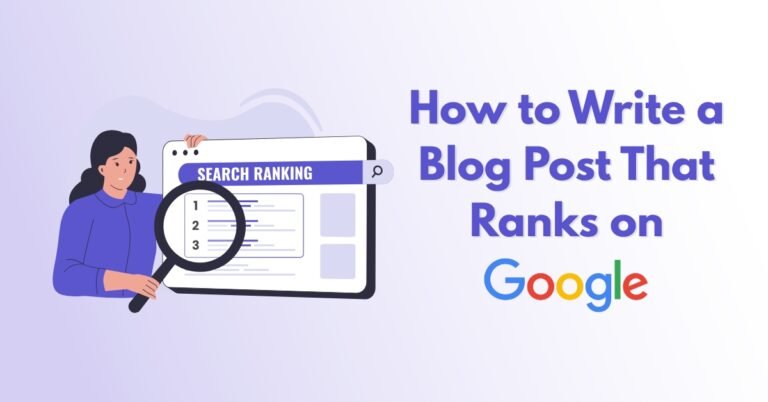Affiliate marketing is one of the most popular ways bloggers earn passive income. But if you’re new to blogging, adding affiliate links to your WordPress site might feel intimidating—especially when legal rules like FTC disclosures come into play.
In this comprehensive guide, you’ll learn how to add affiliate links in WordPress legally, the tools you need, best practices to follow, and how to stay compliant while still making money.
What You’ll Learn in This Guide
- What affiliate marketing is and why it matters
- Legal considerations (including FTC rules)
- Step-by-step methods to insert affiliate links
- WordPress plugins to manage links easily
- Common mistakes and how to avoid them
What is Affiliate Marketing?
Affiliate marketing is a performance-based marketing strategy where you promote products or services and earn a commission for every sale made through your referral link.
For example, when you link to a web hosting provider and someone buys a plan through your unique link, you get paid.
Benefits for Beginner Bloggers
- Easy to start (even with low traffic)
- No need to create your own product
- Passive income potential
- Works in any niche
Is It Legal to Use Affiliate Links?
Yes—but you must disclose affiliate relationships to remain compliant with the Federal Trade Commission (FTC) and similar international laws.
Why Disclosure Matters
- Builds trust with your readers
- Complies with legal guidelines
- Avoids penalties and bans from platforms
FTC Requirements
- Clearly disclose affiliate links before the link
- Use plain language like: “This post may contain affiliate links”
- Place disclosures above the fold

Where to Place Affiliate Disclosures
To stay legal and user-friendly, use these three places:
- Before any affiliate link in a blog post
- Site-wide disclosure in your footer or sidebar
- A full affiliate disclosure page
👉 See our full guide: How to Create an Affiliate Disclosure Page in WordPress
How to Add Affiliate Links in WordPress (Step-by-Step)
Let’s get into the actual process. You have several options depending on your comfort level.
Method 1: Manual Linking (Using the Editor)
This is the most basic way.
- Open your blog post in the WordPress editor
- Highlight the text where you want the link
- Click the 🔗 link icon
- Paste your affiliate URL and click “Apply”
- Don’t forget to add nofollow and sponsored attributes
Add rel=”nofollow sponsored”
htmlCopyEdit<a href="https://affiliate-link.com" rel="nofollow sponsored">Buy Hosting</a>
Why use
nofollow? It tells Google not to pass SEO juice to affiliate links.
Why usesponsored? It clarifies that it’s a paid partnership.
Method 2: Use an Affiliate Link Management Plugin
Managing links manually is tough as your site grows. That’s where plugins shine.
Best WordPress Plugins for Affiliate Links:
| Plugin | Features | Free Version | Ease of Use |
|---|---|---|---|
| Pretty Links | Cloaks links, tracks clicks | Yes | ⭐⭐⭐⭐⭐ |
| ThirstyAffiliates | Organizes by category | Yes | ⭐⭐⭐⭐ |
| AffiliateWP | Full affiliate program | No | ⭐⭐⭐ |

How to Cloak Affiliate Links (Pretty Links Example)
- Install & activate the Pretty Links plugin
- Go to Pretty Links > Add New
- Paste your affiliate URL
- Create a clean URL like:
https://yourdomain.com/go/bluehost - Click Create and use this cloaked link in your posts
Cloaked links look cleaner and boost CTR (Click-Through Rate)

Legal Best Practices for Affiliate Linking
- Always disclose clearly and early
- Use “nofollow” and “sponsored” on all links
- Avoid misleading language like “Best Ever” if not honest
- Link only to trusted, high-quality products
Pro Tips to Boost Your Affiliate Earnings
- Write product comparison posts
These convert better than general blogs. - Add call-to-action (CTA) buttons
Buttons attract more clicks than plain links. - Use visuals and videos
Screenshots and demos increase trust.
- Use heatmaps to see where users click
Tools like Hotjar show what’s working. - Place links contextually in helpful content
Don’t force links—blend them naturally.
Affiliate Link Placement Ideas (That Work!)
- Inside product reviews
- Comparison tables
- Resource pages
- Email newsletters (with disclosure!)
- Banners in your sidebar or footer

Common Mistakes to Avoid
- Not disclosing links = big legal trouble
- Overloading posts with links (looks spammy)
- Linking to irrelevant products
- Not tracking performance (use plugins or UTM codes)
Tracking Your Affiliate Link Performance
Knowing what links perform helps you double down.
Track Using:
- Pretty Links (Click Reports)
- Google Analytics + UTM Parameters
- Affiliate dashboard (like Amazon, ShareASale)

How to Write Content That Converts
Affiliate links only work if your content builds trust and solves problems.
Focus on:
- Writing in-depth tutorials
- Answering specific questions
- Showing proof (e.g., screenshots, earnings, reviews)
Check out: Best Hosting Providers for New Bloggers – Comparison
Recommended Resources for Affiliate Bloggers
FAQ: Adding Affiliate Links in WordPress
No, as long as you use the correct link attributes (nofollow, sponsored) and avoid spammy practices.
Use:
- Affiliate plugin reports (Pretty Links)
- Affiliate dashboard (Amazon, etc.)
- Google Analytics + UTM links
Final Thoughts
Affiliate marketing is a powerful way to monetize your blog—but doing it legally and ethically is crucial. By following the steps above, using the right tools, and being transparent with your audience, you can start earning income while staying compliant.
Start small, test what works, and optimize along the way. The sooner you begin, the sooner you can turn your blog into a profitable asset.






